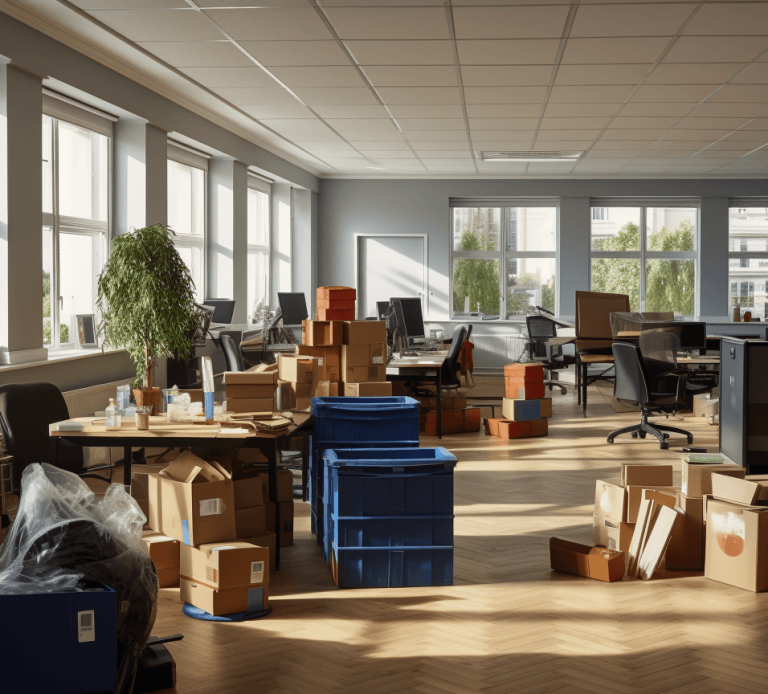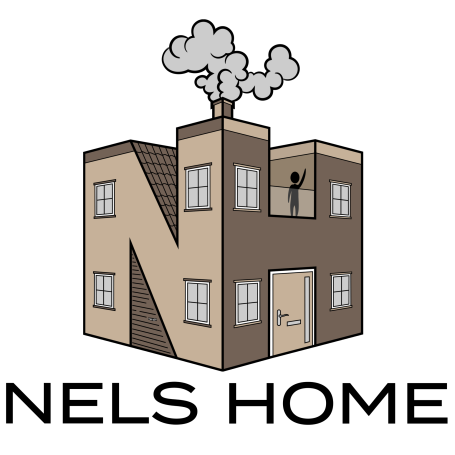Residential and commercial
Residential and commercial clearances involve the process of clearing out contents from a property, typically for sale, renovation, or in the event of a tenant change.
Residential clearances often include removing furniture, personal belongings, and household items, and may occur when a property is being sold, rented out, or after a resident has passed away.
Commercial clearances involve emptying out offices, retail spaces, or industrial properties. This might include disposing of office equipment, machinery, inventory, and fixtures. Both types of clearances may require special handling for hazardous materials and ensuring compliance with local regulations for disposal and recycling.

Removals
Highly qualified and motivated professionals
Residential and commercial removals refer to the process of relocating belongings from one property to another.
Residential removals involve moving household items such as furniture, appliances, and personal belongings from one home to another. This can include packing, transporting, and unpacking items, with considerations for fragile or valuable possessions.
Commercial removals focus on relocating business-related assets, such as office furniture, equipment, documents, and machinery. These removals often require careful planning to minimize disruption to business operations and may involve specialized equipment for moving large or sensitive items. Both types of removals typically include services for packing, transport, and unpacking at the new location.

Painting
Highly qualified and motivated professionals
Residential and commercial painting involves applying new coats of paint to the interior or exterior surfaces of properties.
Residential painting typically focuses on homes and may include painting walls, ceilings, trim, and exterior surfaces like siding or fences. It often requires attention to detail, color matching, and may involve minor repairs or surface preparation.
Commercial painting covers a broader range of property types, including offices, retail spaces, warehouses, and industrial buildings. This type of painting often involves larger-scale projects, the use of specialized coatings, and working around business hours to minimize disruption. Safety and durability are key considerations, particularly in high-traffic or industrial environments.

Cleaning
Highly qualified and motivated professionals
Residential and commercial cleaning refers to the thorough cleaning of properties, either as a routine service or in preparation for a sale, move-in, or event.
Residential cleaning involves cleaning private homes, focusing on tasks such as dusting, vacuuming, mopping, and sanitizing kitchens and bathrooms. It may also include deep cleaning services, like carpet cleaning or window washing, and can be scheduled regularly or as a one-time service.
Commercial cleaning caters to businesses and larger properties like offices, retail spaces, or industrial facilities. This type of cleaning often requires more intensive services, such as floor waxing, high-pressure washing, and specialized cleaning for areas like restrooms or kitchens. It is usually performed outside of regular business hours to avoid disrupting operations and may involve adhering to industry-specific hygiene standards.
Gardening
COMING SOON!!

©Copyright. All rights reserved.
We need your consent to load the translations
We use a third-party service to translate the website content that may collect data about your activity. Please review the details in the privacy policy and accept the service to view the translations.

